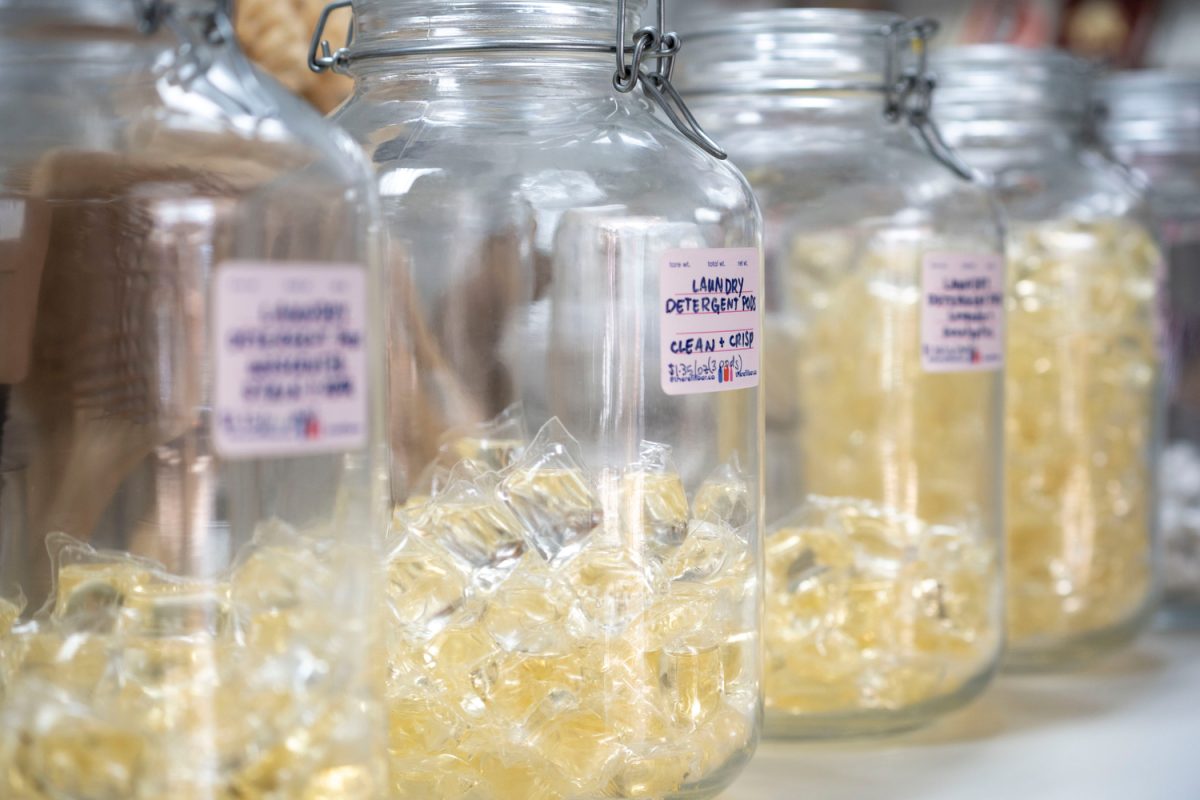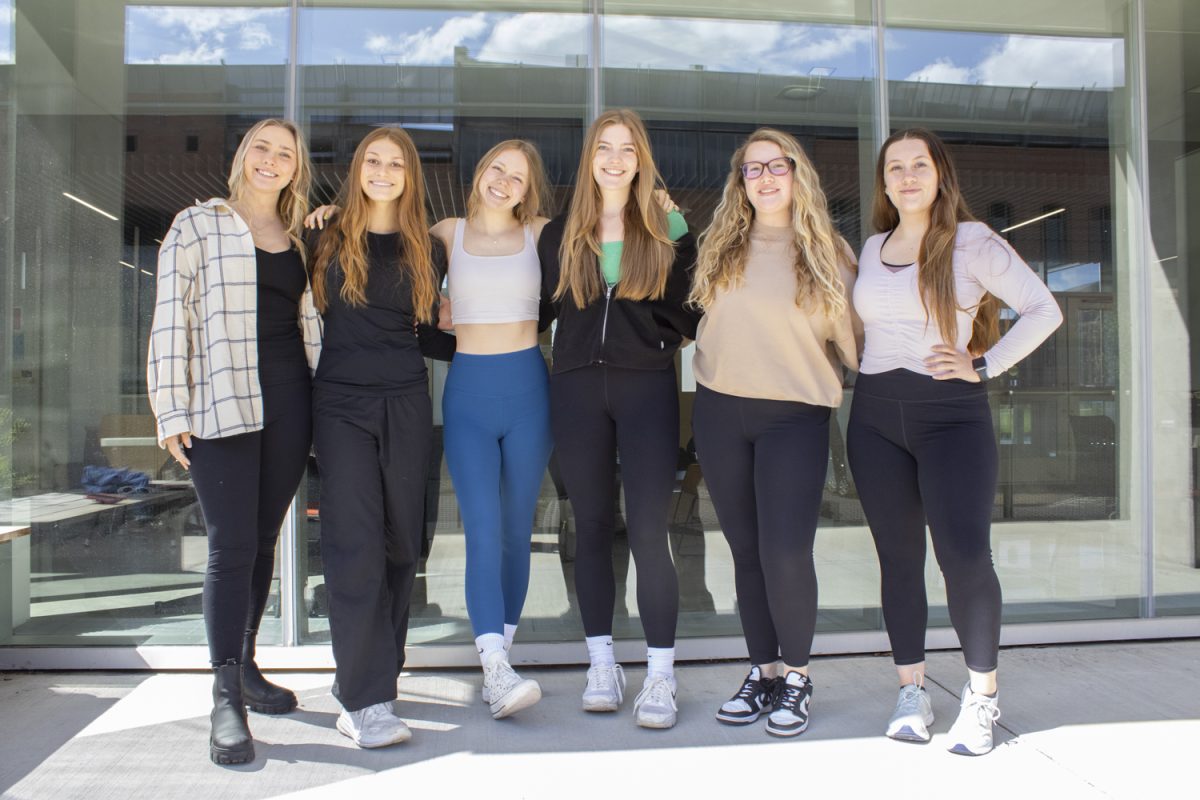Ignacio Ponseti spent his life gently molding and casting infants’ feet to cure a congenital disease known as clubfoot.
And he would appreciate that a new group of doctors will begin arriving in the United States later this month to learn his method and continue his work, a friend of his said.
“He kept going until he was 95,” Paul Etre, an orthopaedic-surgery administrator at the University of Iowa Hospitals and Clinics, said about Ponseti, who has become known worldwide for his non-surgical method of treating clubfoot. “He was an incredible human being who died at his desk and just kept going and going.”
Soon, three doctors from developing countries will have the opportunity to come to Iowa City to learn the method and take it back to their communities. Officials have conducted such efforts in the past — training more than 200 physicians in the past 10 years — but this will mark the first time students have coordinated the trips.
In August, a group of UI medical students from the American Medical Students Association began fundraising to bring the doctors to the UIHC.
“I realized that we had a real opportunity to teach physicians about the Ponseti method if we did it right,” said Asitha Jayawardena, a co-president of the UI chapter of the group.
Etre said Ponseti wanted every country to boast a few physicians who knew his techniques.
“Even though he passed away, we have committed to sending our doctors everywhere in the world and bringing other doctors here to learn about the method,” Etre said.
Jayawardena and the other co-president, Rachel Bender, have worked with Jose Morcuende, the chief medical director with the Ponseti International Association, and Martha Greer, the association’s managing director, on the project.
“I think the ‘teach the teacher’ model is a great approach to educating physicians about how to use the Ponseti method,” Jayawandena said.
Bender and Jayawardena first pitched the idea at an American Medical Students Association meeting.
“Most students looked at us like we were crazy for attempting to raise so much money, but our fundraising started immediately after that meeting,” Jayawandena said.
The students’ goal is to raise $10,000 to fund trips for three to five doctors each year. Local businesses, classes, medical groups, and some individuals have helped.
Bender said the funding covers the doctors’ travel, housing, and all teaching sessions.
The first doctor, Olayi Adegbehingbe, will come to the UI from Nigeria on May 16.
“It’s such a cheap and easy method, but education is the only missing piece,” Bender said.
And Morcuende applauded the students for their work.
“Students have realized the need for the treatment, and they’ve done a great job fundraising in a time when the economy is down,” he said.
Further, Greer said, the project also helps the UI meet its goals of exploration abroad.
“There is a stated mission of internationalizing the campus,” she said, “And this is one way that the UI is getting out there and touching the lives of people everywhere.”






